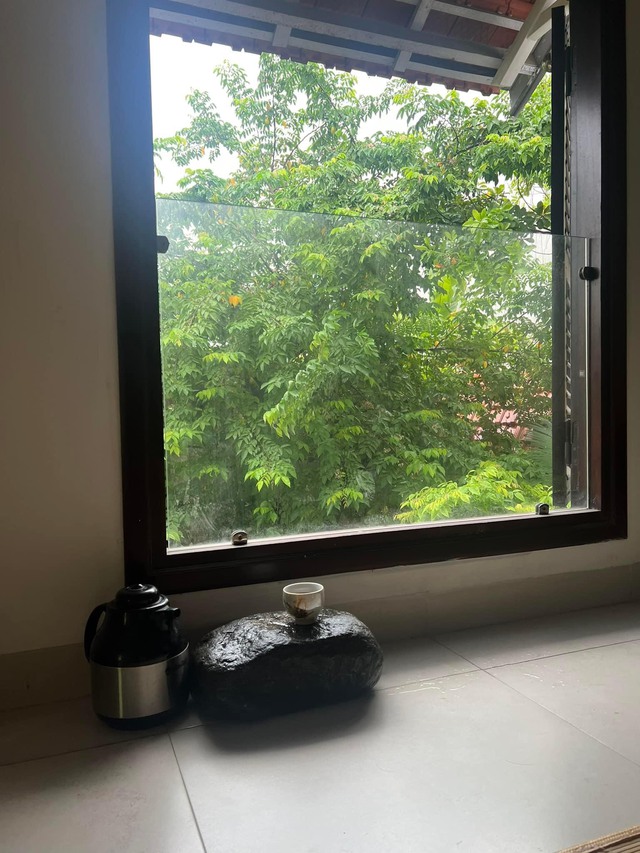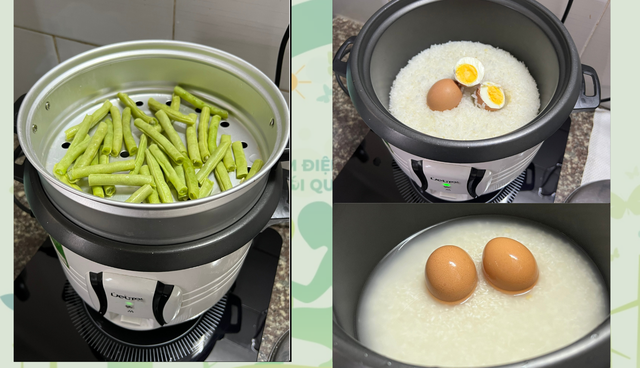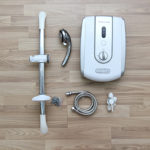My grandmother’s every action reflected a frugal spirit, especially when it came to electricity. She preferred using a wood stove for boiling water instead of an electric kettle and even had a unique approach to entertainment.
Instead of watching TV in separate rooms, she chose to watch TV in the living room, bringing the family together and reducing electricity costs. She only lit rooms with common activities and turned off high-wattage lights after 9 pm, always mindful of her energy consumption.

My grandmother, a shining example of energy conservation for her descendants.
TGCC
However, her influence didn’t stop there. She shared her wisdom with her children, grandchildren, and the community, encouraging sustainable practices and a greener future.
Creating a Green Future for Generations to Come
In our rural home, my grandmother surrounded the house with greenery and fruit trees, creating a natural haven that cooled the surroundings and provided comfort during hot seasons.
My father strategically placed windows to maximize natural light and ventilation. Instead of relying on fans, he opened windows to let the breeze flow through, reducing electricity consumption and creating a pleasant living space.
Each appliance was carefully chosen and used efficiently. My father selected appliances with just the right wattage and energy-saving labels. LED lights were used throughout the house, saving energy and lasting longer.
Additionally, appliances like induction cookers, rice cookers, microwaves, and refrigerators were placed in well-ventilated areas and regularly cleaned after use, increasing efficiency and reducing the risk of malfunction and energy wastage.

Placing a study table by the window not only saves electricity but also connects one with nature, making studying and working more comfortable.
PH.N.NHUẬN
Growing up in this environment, I was taught the importance of energy conservation, and now, as a second-year college student, these habits are deeply ingrained in my daily life.
I, too, place my study table by the window, bathing my workspace in natural light and connecting me with the outdoors. In my rented room, I use curtains to adjust the light, reducing my reliance on electric lights.
In my daily routines, I’m mindful of unplugging chargers, phone cords, and laptop chargers when not in use. For meals, I often steam or boil foods together with rice, saving time and electricity.
I regularly clean the refrigerator and only use the washing machine when there’s a full load. When ironing, I sort clothes by fabric to minimize temperature adjustments, thus saving energy.

Steam or boil foods together with rice to save time and electricity.
TGCC
Our “little house” has become a “nucleus” of energy-saving habits, inspiring others to join the movement and make a positive impact on the world.
How to Use an Iron for Energy Savings
Are you looking to reduce your electricity bills? One of the most effective ways to do so is to carefully manage your iron usage. Irons can consume a surprisingly large amount of electricity due to their impressive heat and power output. To ensure your energy bills are kept under control, take a look at these iron usage guidelines from DienmayXANH.com.






































